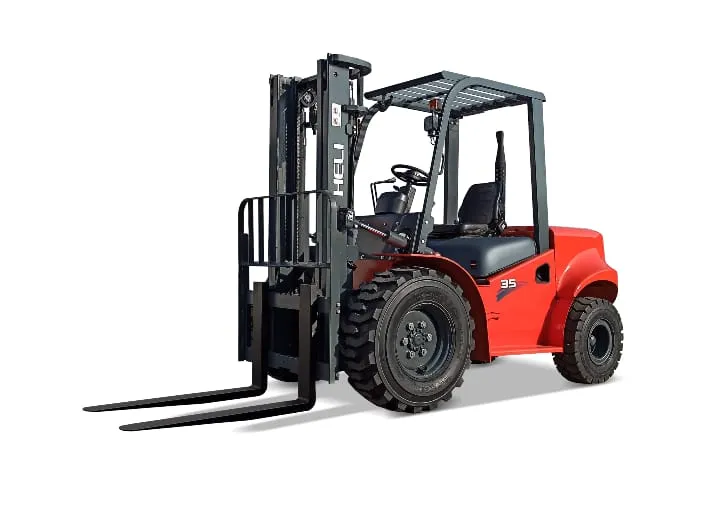So, you’re in the market for a forklift? Whether it’s for a warehouse, a construction site, or an industrial yard, choosing the right machine isn’t something you want to rush. A poor decision here can slow down operations, cost you money, and even put safety at risk.
But don’t worry—finding the right forklift doesn’t need to be complicated. You just need to know what to look out for. This quick guide walks you through the key things to consider so you can pick a forklift that actually suits your site and your workload.
Start with the Basics – What Will You Be Lifting?
Let’s not overthink it. Your first question should always be: what do you need the forklift to lift? Think about the weight and dimensions of the typical loads you’ll be handling.
There’s a big difference between lifting pallets in a retail warehouse and moving heavy steel on a construction site. If your loads are bulky or irregular in shape, you’ll want a forklift with greater load capacity and maybe even attachments like clamps or extensions.
Knowing your load profile helps narrow things down from the start. Don’t guess—check the specs of your materials and get exact figures. That’ll save you headaches later on.
How High Does It Need to Reach?
Next up, consider lift height. Are you stacking pallets on shelves in a warehouse, or are you just moving loads from A to B at ground level?
For high-racking systems, you’ll need a forklift that can safely extend to those upper levels without tipping over. Look at the maximum lift height you need, but also keep an eye on lift stability. The higher you go, the more important it is to have a forklift built for the job.
On the other hand, if you’re mostly working at ground level, a lower lift height can save you money and make the forklift easier to manoeuvre.
What’s the Surface Like at Your Site?
Forklifts don’t just vary in size—they’re built for different ground conditions, too. This is a big one that a lot of people overlook.
Working indoors on smooth concrete? Great, you can go for an electric forklift with cushion tyres. They’re compact, quiet, and clean, which makes them perfect for warehouses and retail settings.
But if you’re outside, on gravel, uneven surfaces, or even muddy ground, you’ll need a tougher model. Diesel or LPG forklifts with pneumatic tyres are built for the rough stuff. They offer better traction and more power and can handle unpredictable terrain without an issue.
Getting the tyre and fuel type wrong can be a costly mistake, especially when it comes to safety and performance.
How Much Space Do You Have to Work With?
Forklifts need space to turn, lift, and load. If your site has tight corners, narrow aisles, or low overhead clearance, don’t ignore that.
Compact models like three-wheel counterbalance forklifts or reach trucks are designed to work well in confined spaces. They offer tight turning circles and excellent control.
If space isn’t an issue—say, you’re in a wide-open yard—you can afford to go for a larger, heavier-duty model with more power. But always measure your space and check turning radii before choosing. You don’t want to find out it doesn’t fit after the fact.
Power Source – Electric, Diesel, or LPG?
Each power source has its pros and cons, and your site will often dictate which one makes the most sense.
Electric forklifts are quiet, clean, and great for indoor work. They don’t emit fumes and are cheaper to run, but you’ll need to factor in charging time.
Diesel forklifts are powerful and built for tough outdoor jobs. They handle heavy loads with ease and can run all day, but they’re noisy and not ideal for enclosed spaces.
LPG forklifts sit somewhere in between. They’re versatile, can be used both indoors and outdoors, and refuelling is quick. However, they still produce emissions and may not be allowed in certain indoor environments.
Pick based on your site’s environment, ventilation, and operating hours.
What Attachments or Features Will You Need?
This part gets overlooked a lot, but it matters. Are you dealing with unique loads that need special handling? Things like rotating forks, side shifters, or clamps can make a massive difference to your workflow.
Even small features like backup alarms, lights, cameras, or ergonomic seating can improve safety and operator comfort. Don’t treat these as extras—they can be essential depending on your setup.
Operator Experience – Who’s Driving This Thing?
Another point people skip is matching the forklift to the operator’s experience. If your crew is made up of experienced forklift drivers, they’ll handle more complex controls and heavier machinery with no problem.
But if you’ve got newer or less trained operators, look for user-friendly models. Good visibility, simple controls, and easy handling go a long way. It’s not just about getting the job done—it’s about doing it safely.
Safety Features and Compliance
Always check that the forklift meets current Australian safety standards. Look for load capacity plates, rollover protection, and stability features. You’ll also want to make sure your team is properly trained and that you’re up to date with site safety requirements.
Safety might not be the most exciting part of the checklist, but it’s probably the most important. A cheap forklift isn’t a bargain if it puts your people at risk.
New or Used – What’s Your Budget?
Finally, let’s talk about money. If you’ve got a tight budget, going for a quality used forklift can be a smart move. Just make sure it’s been well-maintained and serviced regularly.
New models come with warranties, better fuel efficiency, and all the latest features. They cost more upfront but may save you on repairs and downtime in the long run.
Whatever you decide, make sure you’re not just buying the cheapest option. Look at long-term value and how well the forklift will serve your site’s specific needs.
In Summary
Choosing the right forklift isn’t about picking the biggest or flashiest machine. It’s about matching the equipment to the real conditions and demands of your site.
Start by knowing what you’ll lift, how high it needs to go, and where you’ll be using it. Then think about space, fuel type, attachments, and who’s going to operate it. Safety and comfort matter just as much as specs and horsepower.
Get those things right, and you’ll end up with a forklift that makes your site safer, more efficient, and a whole lot easier to run.
FAQs
Can I use an indoor forklift outside?
Not usually. Indoor models often have small tyres and less power. They struggle on uneven surfaces and might not handle outdoor conditions well.
What’s the most fuel-efficient forklift?
Electric models are the cheapest to run. They cost less per hour and are great if you have access to charging stations.
How do I know what size forklift I need?
It depends on your load weight, lift height, and working space. Always measure your heaviest load and check your site dimensions.
Is it worth buying attachments?
Yes—if they improve your workflow. Attachments like side shifters or clamps can save time and make operations smoother.
Should I rent or buy a forklift?
If it’s a short-term need, renting is the way to go. For long-term use, buying makes more sense, especially if you use it daily.

